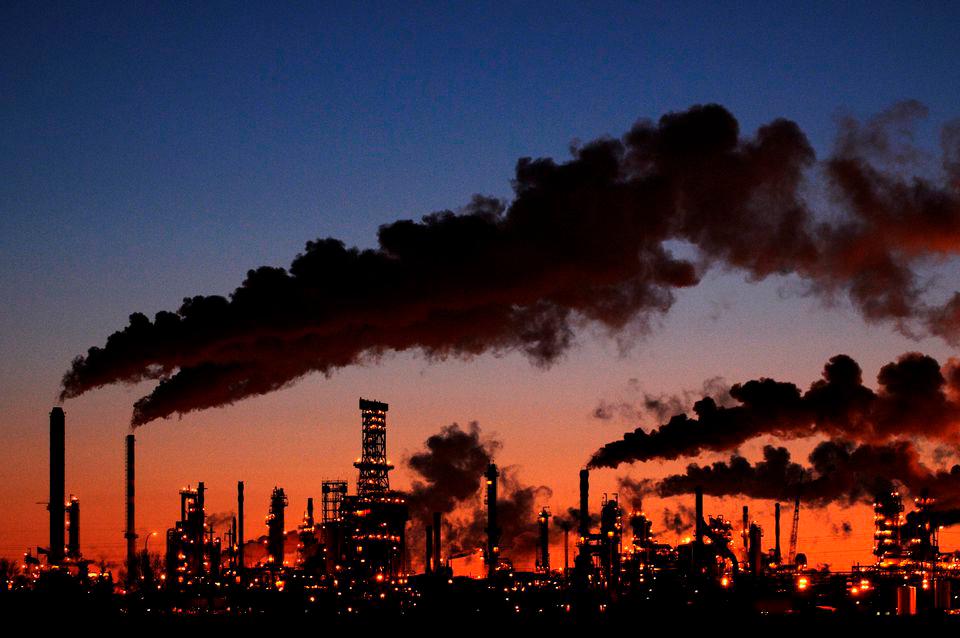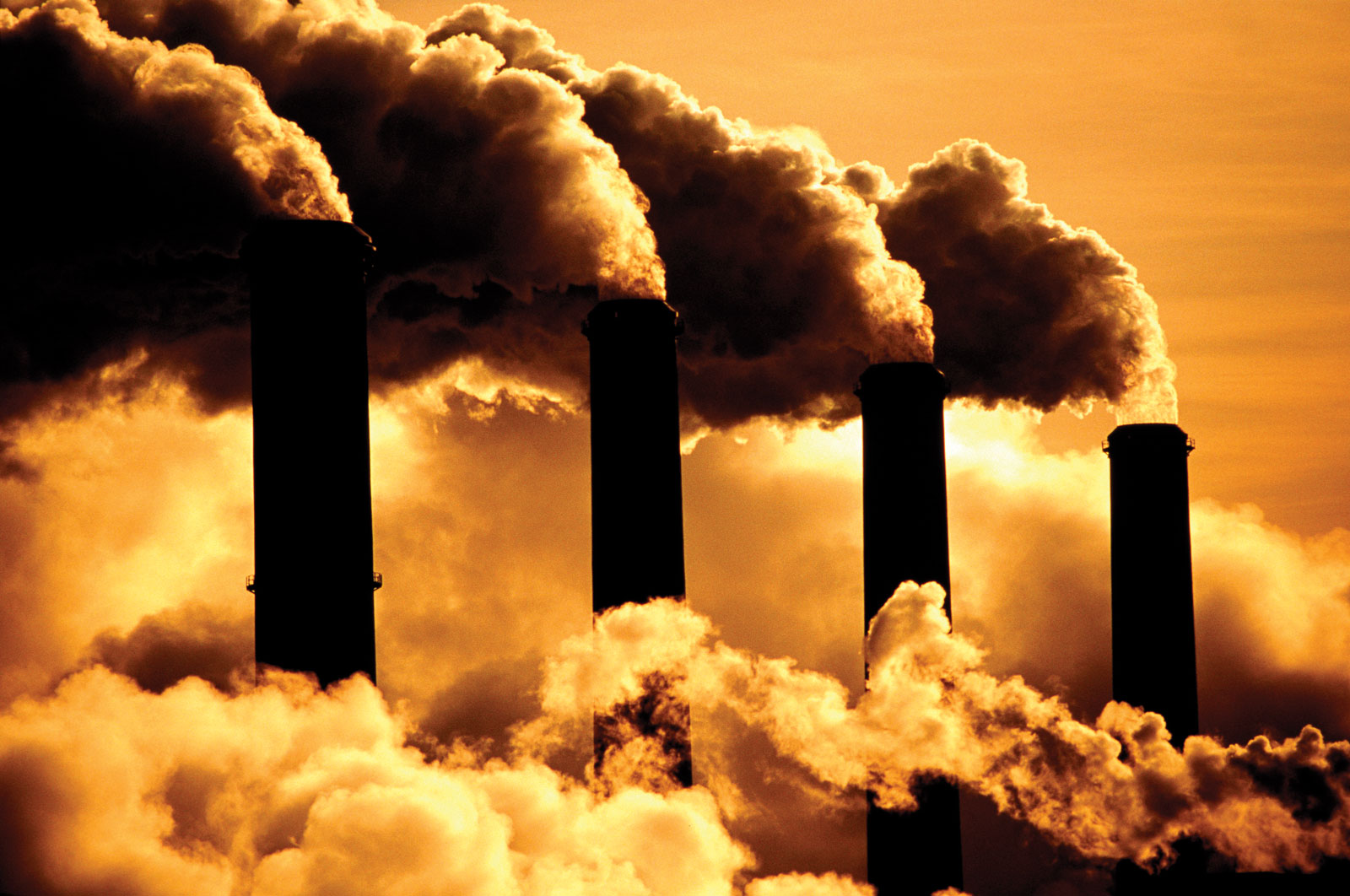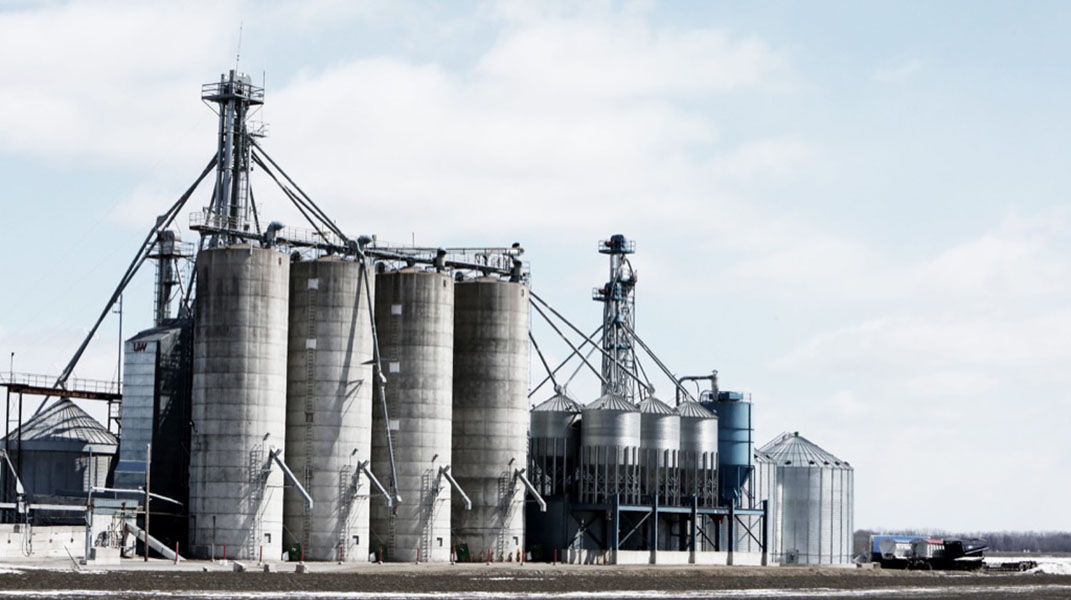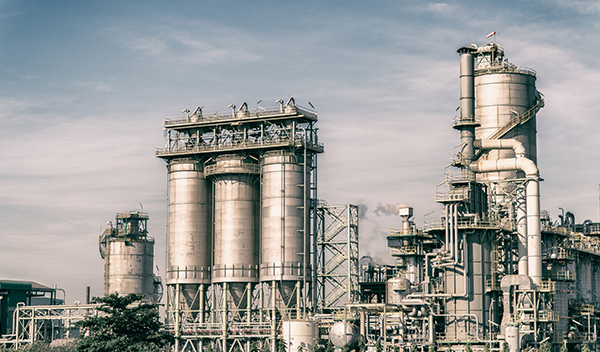
Introduction
The concept of Waste-to-Energy (WtE) has gained significant attention in recent years due to its potential to reduce reliance on fossil fuels and promote a sustainable energy future. As the world grapples with the challenges of climate change and limited fossil fuel resources, transitioning to alternative energy sources becomes imperative. WtE offers a promising solution by converting waste materials into usable energy, thereby addressing both environmental concerns and the need for energy independence.
Historical Background
WtE has a rich history that dates back several centuries. The earliest forms of waste disposal involved simply discarding waste materials, leading to environmental degradation and health hazards. As societies evolved, the concept of waste management emerged, with a focus on minimizing environmental impacts. However, it was not until the mid-20th century that the potential for energy recovery from waste was recognized.
During the 1970s oil crisis, there was a significant shift in energy policies worldwide, with a growing emphasis on renewable energy sources. This shift led to the development of various WtE technologies, such as incineration, anaerobic digestion, and gasification. These technologies offered a way to not only manage waste but also generate clean energy.
Key Concepts and Definitions
WtE encompasses a range of technologies that convert waste materials into energy. Incineration is one of the most widely used methods, involving the combustion of waste at high temperatures. Anaerobic digestion involves the breakdown of organic waste by microorganisms in the absence of oxygen, producing biogas. Gasification is a thermochemical process that converts waste into a gaseous form, which can be used to generate electricity or heat.
The concept of energy independence is closely related to WtE. It refers to a state in which a country or region is self-sufficient in meeting its energy needs, reducing dependence on imported fossil fuels. By harnessing the energy potential of waste, WtE contributes to achieving energy independence and reducing greenhouse gas emissions.

Main Discussion Points:
Benefits of WtE and Energy Independence
WtE offers numerous benefits, both from an environmental and economic perspective. Firstly, it helps reduce greenhouse gas emissions by diverting waste from landfills, where it decomposes and releases methane, a potent greenhouse gas. Secondly, WtE contributes to the circular economy by recovering energy from waste materials that would otherwise be discarded.
Energy independence brings economic advantages, such as reduced energy costs and job creation in the renewable energy sector. By relying less on imported fossil fuels, countries can enhance their energy security and allocate resources towards sustainable development.
WtE Technologies and Processes
Different WtE technologies offer unique processes for converting waste into energy. Incineration involves the combustion of waste at high temperatures, generating heat that can be used to produce electricity or heat buildings. Anaerobic digestion, on the other hand, breaks down organic waste through microbial activity, producing biogas that can be used as a renewable energy source.
The efficiency and scalability of each technology depend on factors such as waste composition, energy output, and environmental impact. Advances in technology have improved the efficiency of WtE processes, making them more viable and cost-effective.
Policy and Regulatory Frameworks
Government policies and regulations play a crucial role in promoting WtE and energy independence. Successful examples of policy frameworks can be found in countries like Sweden, Denmark, and Germany, where WtE has become an integral part of their waste management strategies. These frameworks include incentives for renewable energy production, waste separation and recycling programs, and strict emission standards.
Integration with Renewable Energy Sources
WtE can complement other renewable energy sources, such as solar and wind power, by providing a constant and reliable energy supply. The integration of WtE into existing energy infrastructure and grids presents both challenges and opportunities. It requires careful planning and coordination to ensure a seamless integration that maximizes energy efficiency and minimizes environmental impacts.

Case Studies or Examples
Real-world examples of successful WtE projects offer valuable insights into the practical implementation and outcomes of these technologies. Countries like Denmark and the Netherlands have achieved remarkable success in utilizing WtE to meet their energy needs while reducing landfill waste. These case studies highlight the importance of strong government support, public awareness, and collaboration between stakeholders.
Current Trends or Developments
Advancements in WtE technologies continue to drive innovation in the field. Research efforts are focused on improving the efficiency and environmental performance of existing processes, as well as exploring new technologies. For instance, the development of plasma gasification technology shows promise in enhancing the conversion efficiency of waste into energy and minimizing environmental impacts.
Challenges or Controversies
Despite its benefits, WtE also faces challenges and controversies. Some concerns revolve around emissions from WtE plants, particularly in relation to air quality and the release of pollutants. Additionally, critics argue that prioritizing WtE may divert attention and resources away from waste reduction, recycling, and other waste management practices. Public perception and acceptance of WtE can also be a significant challenge, requiring effective communication and engagement with communities.

Future Outlook
The future of WtE and energy independence looks promising, with the potential for further growth and innovation. As technology continues to advance, WtE processes are expected to become more efficient, cost-effective, and environmentally friendly. The integration of WtE with other renewable energy sources offers an opportunity to create a more sustainable and diversified energy mix.
Conclusion
Waste-to-Energy (WtE) presents a viable solution to reduce reliance on fossil fuels and address environmental concerns. By converting waste into energy, WtE offers numerous benefits, including reduced greenhouse gas emissions, enhanced waste management practices, and energy independence. Successful implementation requires supportive policies, collaboration between stakeholders, and public engagement. As advancements continue to be made in technology and research, the future of WtE holds great potential in achieving sustainable development goals and combating climate change.




